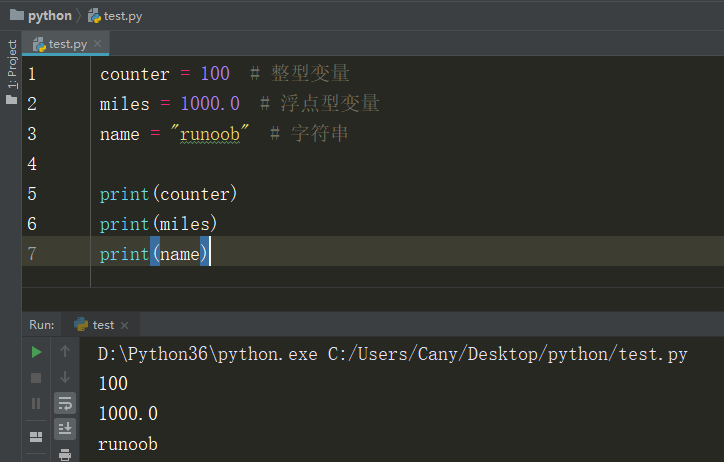tensorflow 固定部分参数训练,只训练部分参数的实例
在使用tensorflow来训练一个模型的时候,有时候需要依靠验证集来判断模型是否已经过拟合,是否需要停止训练。
1.首先想到的是用tf.placeholder()载入不同的数据来进行计算,比如
def inference(input_):
"""
this is where you put your graph.
the following is just an example.
"""
conv1 = tf.layers.conv2d(input_)
conv2 = tf.layers.conv2d(conv1)
return conv2
input_ = tf.placeholder()
output = inference(input_)
...
calculate_loss_op = ...
train_op = ...
...
with tf.Session() as sess:
sess.run([loss, train_op], feed_dict={input_: train_data})
if validation == True:
sess.run([loss], feed_dict={input_: validate_date})
这种方式很简单,也很直接了然。
2.但是,如果处理的数据量很大的时候,使用 tf.placeholder() 来载入数据会严重地拖慢训练的进度,因此,常用tfrecords文件来读取数据。
此时,很容易想到,将不同的值传入inference()函数中进行计算。
train_batch, label_batch = decode_train()
val_train_batch, val_label_batch = decode_validation()
train_result = inference(train_batch)
...
loss = ..
train_op = ...
...
if validation == True:
val_result = inference(val_train_batch)
val_loss = ..
with tf.Session() as sess:
sess.run([loss, train_op])
if validation == True:
sess.run([val_result, val_loss])
这种方式看似能够直接调用inference()来对验证数据进行前向传播计算,但是,实则会在原图上添加上许多新的结点,这些结点的参数都是需要重新初始化的,也是就是说,验证的时候并不是使用训练的权重。
3.用一个tf.placeholder来控制是否训练、验证。
def inference(input_):
...
...
...
return inference_result
train_batch, label_batch = decode_train()
val_batch, val_label = decode_validation()
is_training = tf.placeholder(tf.bool, shape=())
x = tf.cond(is_training, lambda: train_batch, lambda: val_batch)
y = tf.cond(is_training, lambda: train_label, lambda: val_label)
logits = inference(x)
loss = cal_loss(logits, y)
train_op = optimize(loss)
with tf.Session() as sess:
loss, _ = sess.run([loss, train_op], feed_dict={is_training: True})
if validation == True:
loss = sess.run(loss, feed_dict={is_training: False})
使用这种方式就可以在一个大图里创建一个分支条件,从而通过控制placeholder来控制是否进行验证。
以上这篇tensorflow 固定部分参数训练,只训练部分参数的实例就是小编分享给大家的全部内容了,希望能给大家一个参考,也希望大家多多支持【听图阁-专注于Python设计】。
